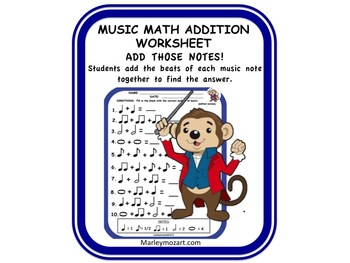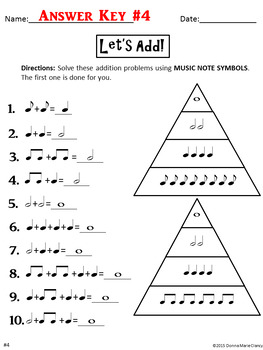

There is mathematics in musical instrumentsĪ simple willow flute gives out soothing music, thanks to the mathematics applied while making it. This is further explained in a book called “ The Topos of Music” by Guerino Mazzola, a Swiss mathematician and a jazz pianist. Studying music, thus, is made more effective by studying the underlying mathematical concepts such as geometry, combinatorics, trigonometry and differential calculus. This structure, I believe, is what binds humans to music.

This proportion resonates the fifth – a popular interval, as anyone having musical knowledge would know. The double helix structure of the DNA is twisted in the ratio 2:3. Universally, it is found that humans love music involving smaller ratios of frequency between two notes, the gap being called the interval. It is known that sine wave is the most perfect wave and can be made only in the laboratory or by a tuning fork – which is evident even in the movement of the tongs when it is vibrating. Melody is made up of waves and mathematically, a perfect melody, when graphed makes a sine wave. The relation between the pitches is an important determining factor in the creation of music. A musical scale consists of a discrete set of pitches, having a repetition interval called an octave. Creating appealing beats involves the generation of notes with the right mathematical combination and changing frequencies and periodicity. The beats which make up music are periodic in nature. They were in the ratio 6,8,9 and 12 pounds, which formed Do, Fa, Sol, Do of the music scale. He found out that they formed harmonious beats because of the order of the weights which were being hit. It is said that Pythagoras formed the connection between music and math when he heard a smith hammering the anvil. Greek philosophers like Aristotle and Pluto believed in the existence of a solid connection between music and mathematics and included music as a genre of mathematics. These patterns appeal to our innate desire for mathematical rhythm and patterns.

Research has found out that popular pieces of music have definite mathematical structures that are less evident in others. Music involves creating patterns of sound, whereas Mathematics is the study of patterns. A very good example would be his famous musical piece called the “ Moonlight Sonata”, where the notes are grouped together in triads and contain an interval which is geometric. What then contributes to the popularity of his music? The answer, much to our bewilderment, lies in his mathematical understanding of the piano notes. It may sound absurd and paradoxical, but Beethoven, one of the most celebrated music composers was deaf for most of his lifetime. “There is geometry in the humming of the strings, there is music in the spacing of the spheres.”


 0 kommentar(er)
0 kommentar(er)
